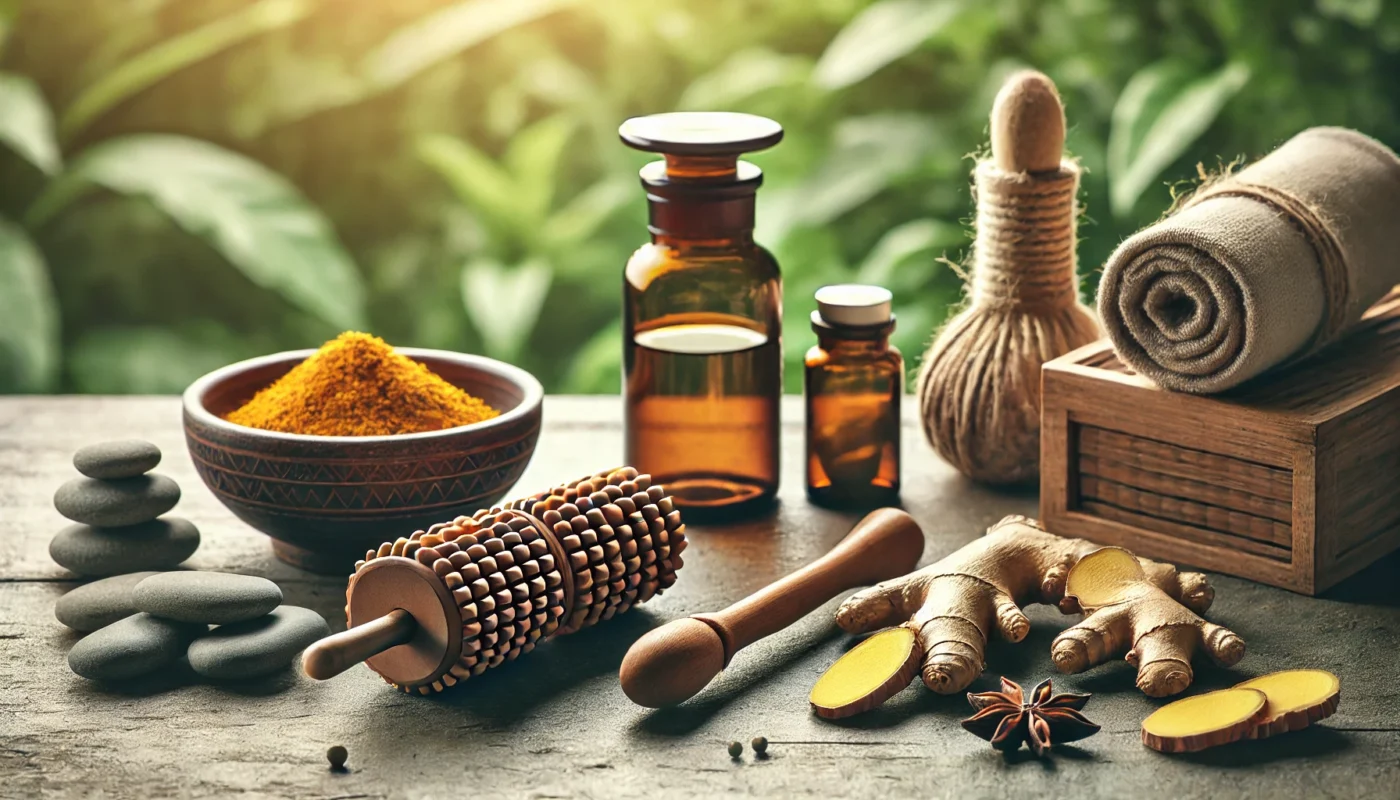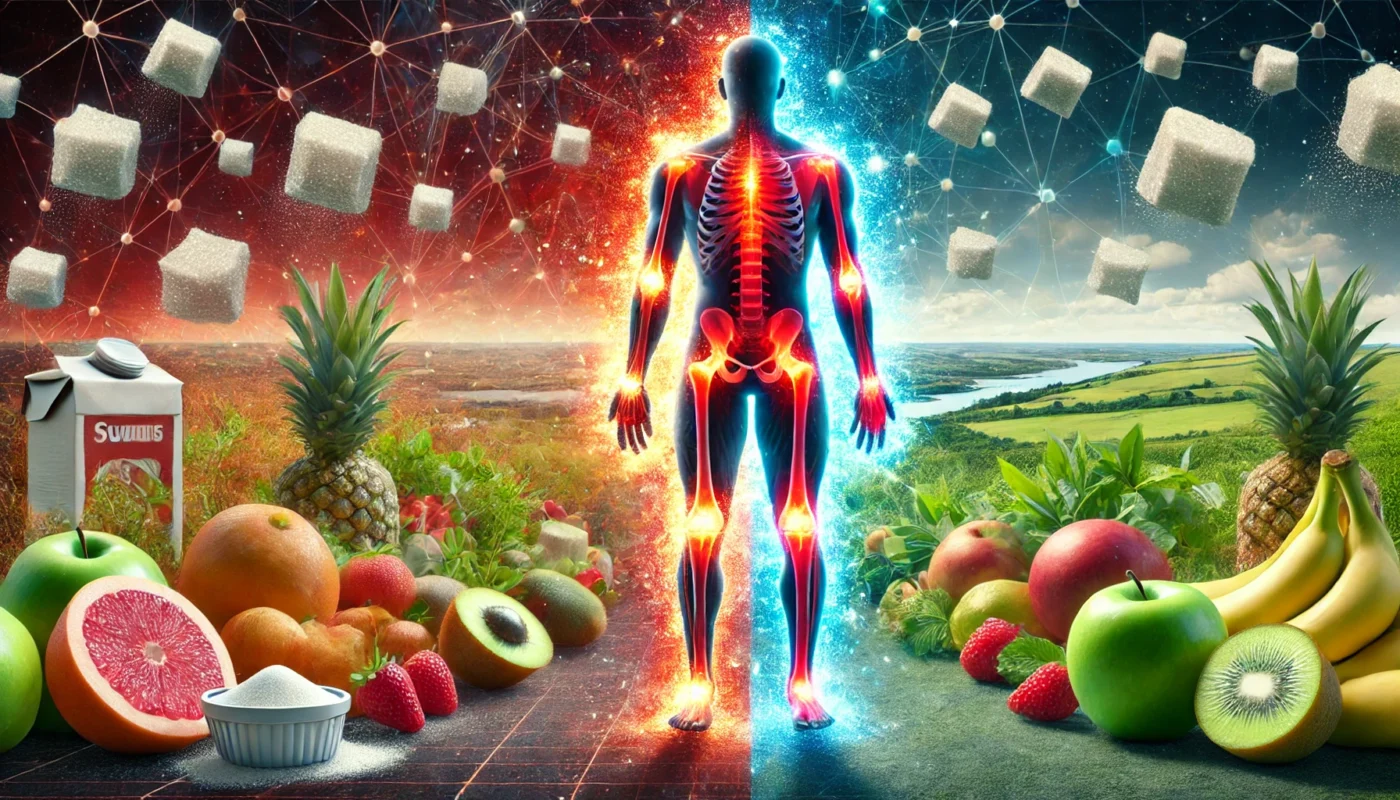Navigating the world of over-the-counter pain relievers can be a daunting task, especially when faced with options like aspirin, acetaminophen, and ibuprofen. While these medications are commonly used to alleviate pain, reduce fever, and combat inflammation, understanding their differences is crucial to making informed decisions about your health.
Tag Archives: healthcare professionals
Before diving into the specifics, it’s crucial to understand that Advil is a brand name for Ibuprofen, an anti-inflammatory drug. Both belong to the class of medications known as nonsteroidal anti-inflammatory drugs (NSAIDs). These drugs work by reducing hormones that cause inflammation and pain in the body.
Living with chronic pain can be an overwhelming challenge that affects every aspect of daily life. Whether you’re a fitness enthusiast dealing with persistent muscle pain, a health enthusiast seeking alternatives to traditional medicine, or a medical patient looking for relief, understanding long-term pain relief options is crucial. This article delves into various approaches, from traditional medications to holistic therapies, to help you make informed decisions about managing chronic pain.
Pain treatment centers, often referred to as pain clinics, focus on diagnosing and managing chronic pain conditions. These facilities employ a multidisciplinary approach, combining the expertise of various healthcare professionals, including physicians, physical therapists, psychologists, and alternative medicine practitioners. The goal is to provide a comprehensive and personalized treatment plan that addresses the root causes of pain rather than just the symptoms.
Pain management is a critical aspect of healthcare, especially for individuals grappling with chronic conditions or recovering from surgery and injuries. With a plethora of options available, understanding which techniques are most effective can be overwhelming. In this article, we delve into the top pain management techniques, drawing from a blend of traditional and holistic approaches, to offer a well-rounded perspective that can aid in alleviating discomfort and enhancing quality of life.
Pulled muscles, or muscle strains, occur when muscle fibers are overstretched or torn. This condition can result in pain, swelling, and limited muscle function. Commonly affecting athletes and active individuals, pulled muscles require effective management to ensure quick recovery and prevent further injury. Traditional treatments include rest, ice, compression, and elevation (RICE), physical therapy, and sometimes medications. However, acupuncture presents a compelling alternative or complement to these approaches.
Arthritis is a condition that impacts millions of individuals worldwide, marked by joint pain, swelling, and stiffness. The question on many people’s minds is, “Can arthritis be cured?” In this article, we will delve into expert insights on arthritis, its causes, symptoms, and potential treatments. We’ll also explore holistic and alternative approaches to managing arthritis, offering practical advice for those seeking relief.
Arthritis is not a single disease but a collective term for various conditions that affect the joints. The most common form, osteoarthritis, occurs due to wear and tear, while rheumatoid arthritis is an autoimmune disorder. Understanding the underlying causes of arthritis can aid in developing effective prevention and management strategies.
Arthritis is a common health concern. It’s characterized by joint pain and inflammation.
But what if your diet could influence these symptoms? Specifically, could reducing sugar intake help alleviate arthritis pain?
This is a question many are asking. The connection between diet and health is well-established. Yet, the link between sugar and arthritis is less understood.
In this article, we delve into this topic. We explore the scientific research behind sugar consumption and arthritis. We aim to make this complex information accessible and practical.
We’ll examine how sugar, particularly from soda and processed foods, might exacerbate arthritis symptoms. We’ll also discuss the potential benefits of a sugar-free diet for arthritis sufferers.
Our goal is to provide you with a comprehensive guide. We want to empower you with knowledge and practical strategies.
Whether you’re a fitness enthusiast, a health enthusiast, or a medical patient, this article is for you. Let’s explore how dietary changes could potentially improve your health and wellbeing.
Joint health is a crucial aspect of overall wellbeing. It’s especially important for fitness enthusiasts, health enthusiasts, and medical patients who are keen on maintaining their mobility and quality of life.
One key component of joint health is cartilage, a flexible tissue that cushions our joints. It’s what allows us to move freely and without pain. However, factors like age, injury, and certain health conditions can degrade cartilage, leading to discomfort and reduced mobility.
So, how can we protect and nourish our cartilage? The answer lies in our diet.
Research shows that certain foods can promote cartilage health. These cartilage-friendly foods contain nutrients that support cartilage growth and repair. They can help maintain joint health and potentially prevent or manage conditions related to cartilage degradation.
In this article, we’ll delve into the science behind a cartilage promoting diet. We’ll explore the key nutrients that support cartilage health and the foods that are rich in these nutrients.
We’ll also provide practical tips on how to incorporate these foods into your daily diet. Our goal is to help you understand and apply this knowledge to improve your joint health and overall wellbeing.
So, let’s embark on this journey to nourish our joints through a cartilage-friendly diet.










